October, the month of pumpkin spice, colorful leaves, and of course halloween; probably my favorite holiday as a kid. And much to my parents dismay I loved horror movies growing up, slashers, thrillers, and suspense genres alike. When creating a spooky or eerie image I find it best to pull from pop culture and cult classics like Nightmare on Elm Street, Halloween, Friday the 13th, Poltergeist.
What are your trying to say and how are you going to say?
I think one can learn a lot from photography’s little cousin. Cinema films after all are just moving pictures. As can be with photography, in the cinema it is all about the story; everything put into a film, the dialog, props, lighting, a song, down the the crop and vantage point of the frame, has to communicate something to the audience. With photography we can’t add spooky music, or any sound really to set the mood. Our most powerful method of storytelling is the lighting, use of color, followed by expressions, which can be limiting in toy photography but not unachievable. By deconstructing a scene we can learn how the director draws in the audience and in a way, control their emotions. This, in my opinion, is the greatest aspect of photography in any genre, the ability to make people feel something. My professors would always pose one question to us; “what do you want to say, what story are you trying to tell with your art?”
When creating a spooky image I either try to recreate elements from an iconic scene, whatever made my jaw drop, skin crawl, muscles tighten, or my heart stop beating as I hold my breath. With toys we can combine universes, doesn’t even have to be from a spooky movie. If cabin in the woods has taught us nothing else, it’s that one can even combine horror and comedy together with great success. If you want Hello Kitty to be chasing Freddy Kruger down a darken abandoned hallway, go for it.
My creative workflow
My idea book
In my creative workflow, I am a big fan of storyboards. I’ll google or search on Pinterest for movie titles, to specific characters; even just search for specific photography genre (in this case, keywords like dark, suspense, and horror photography). I’ll comb through the images, download the ones I want to pull elements from and then print out a contact sheet to put in my journal. I will often also have a pages document with the images in it along with some notes as well; but I find analog to still be a much more enjoyable process. After I print out the images (using an arrangement that will leave room on the right for notes) I’ll jot down some notes and sketches somewhere on the page. I find it best to keep things simple, just write down what inspired me in each image, a stick figure sketch of what is in my head, and a possible studio diagram. I never set anything in stone, but this give me a good starting point when I find the time to work in the studio. This also helps me keep multiple ideas organized and not all jumbled.
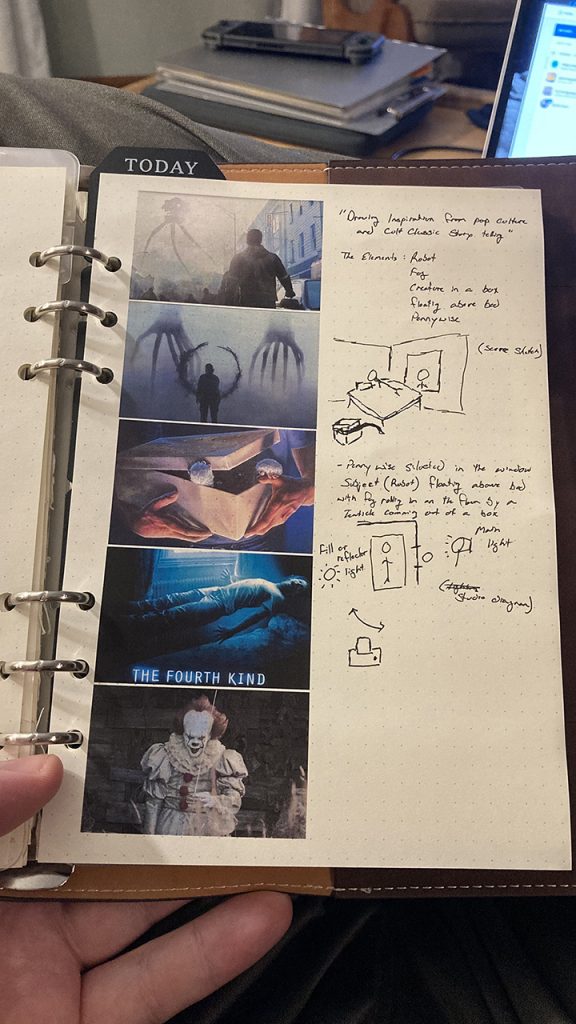
For this particular shot I pulled inspiration from IT, The Fourth Kind, Gremlins, War of the Worlds, and one other movie that I just liked because of the fog. The idea is to create a scene where pennywise is creeping outside the widow as the main subject floats above their bed while fog covers the bedroom floor where something pokes out from a box. I knew I wanted to mimic the mood in the Fourth Kind scene so I needed the main lighting to be pouring in from the window behind my pennywise figure, with fill light giving just enough detail to the room interior. I drew a small studio diagram with lighting positions and even possible camera position just to speed up the creative process when I am in the studio shooting. I also find it helpful at times to break down someone else’s photograph or in this case cinematic scene in this way so I can reverse engineer their creative process for future. Understanding how something was created I think is important and in turn can inspire future projects.
Creating the set up
Now that I have created my storyboard of notes I can build anything I need for the shot, and collect everything together for when I am ready to shoot. Once in the studio I set everything up according to my notes, and just play around. Remember I said nothing is set in stone.
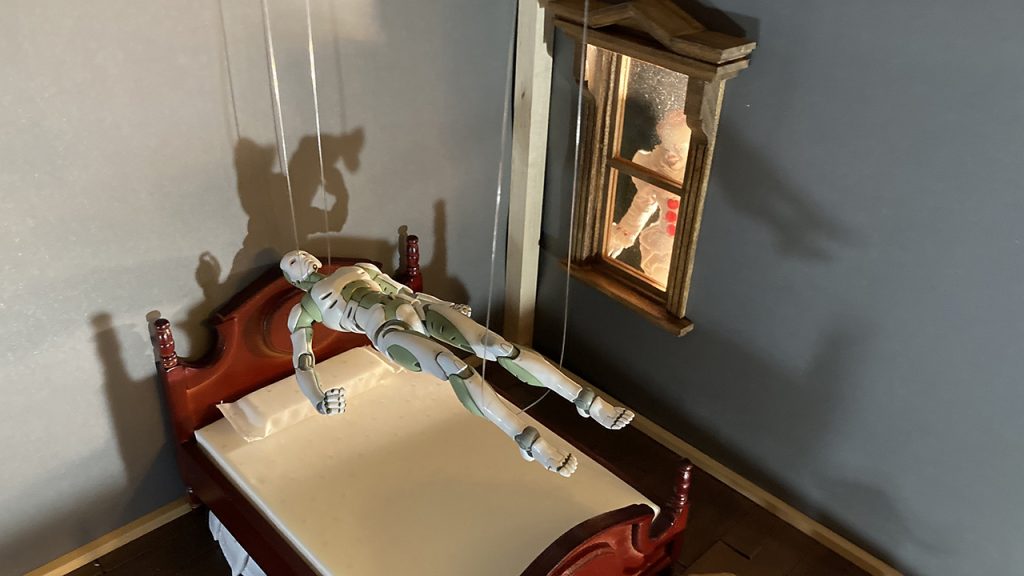
The joys of digital is that you can take as many images as your card can store. The downside is that you have to edit down all those images. I usually try to edit down to 3 to 5, at max 7 images of any particular scene. These images can vary in vantage points, lighting and focus points, whatever gives me a good variety. Often the shot that best expresses the story I am trying to tell or the emotion I’m trying to express isn’t the sketch layout that I started with. Whatever I am not able to get in camera I have to do in photoshop and Luminar AI. For this edit I had to photoshop out the fish wire (which was probably the trickiest part of this shot to set up, making sure they were the same length) that was used to levitate the synthetic human figure, and add just a little extra fog for atmosphere.
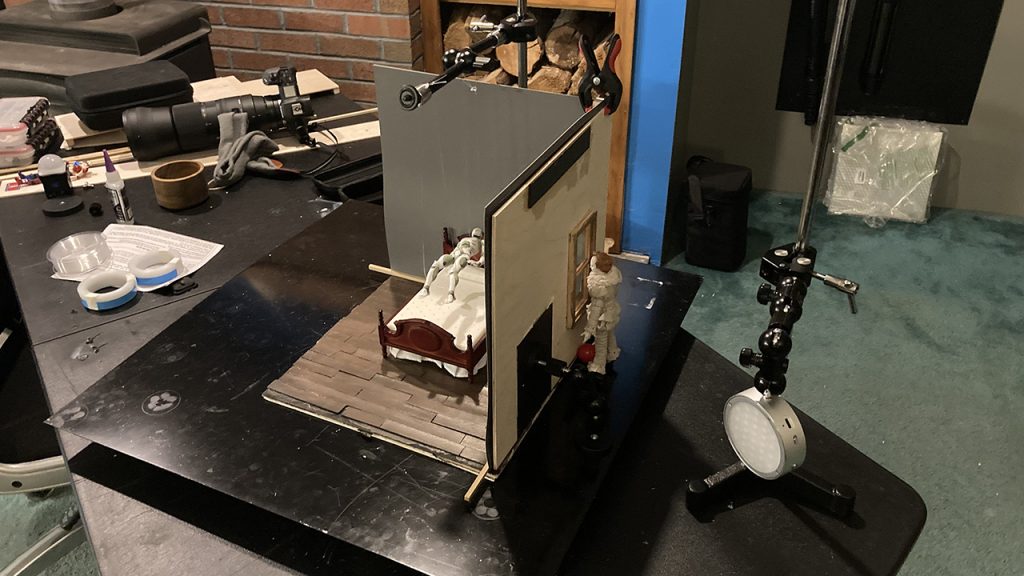
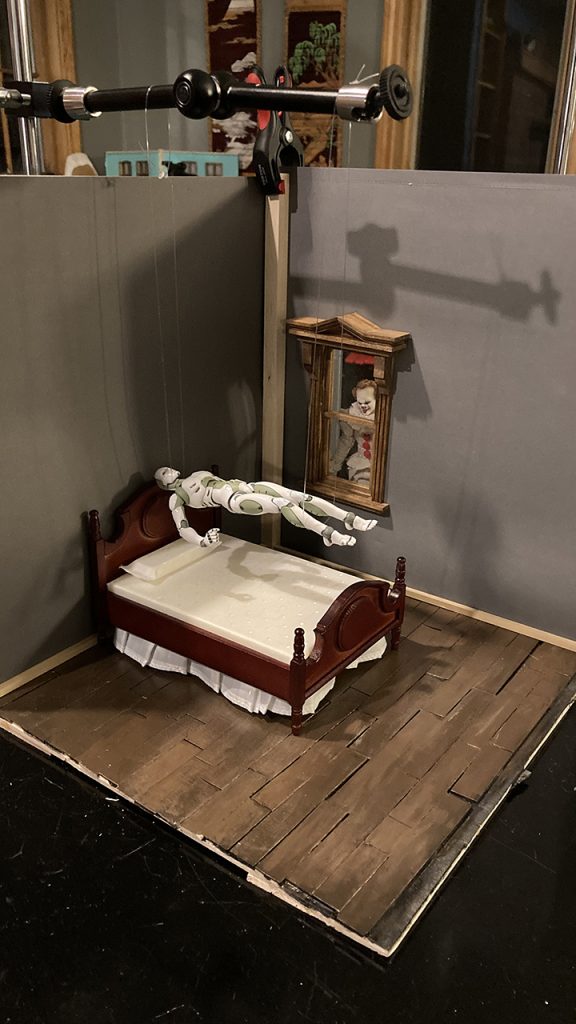
Final thoughts
All in all I’m not sure I believe it is possible to completely have an original idea anymore with all the content and methods of sharing said content; there is always some source material influencing another. But it is important I think to say, especially when purposely pulling inspiration from other materials, never outright copy content to content. Always let your own creativity play within the image or whatever you are creating. As a kid, with all the scary movies I watched that my parents didn’t want me to, my imagination ran wild. Days after watching something I’d always be seeing something in the shadows, insisting there was something under the bed, or outside my window. And I’m thankful for this, to this day I credit my random imagination to all the movies (scary and otherwise), tv shows, and books that I read as a kid. So play and let your imagination run wild, watch some scary movies and may your inner child escape and be scared this October as you create your own spooky work.
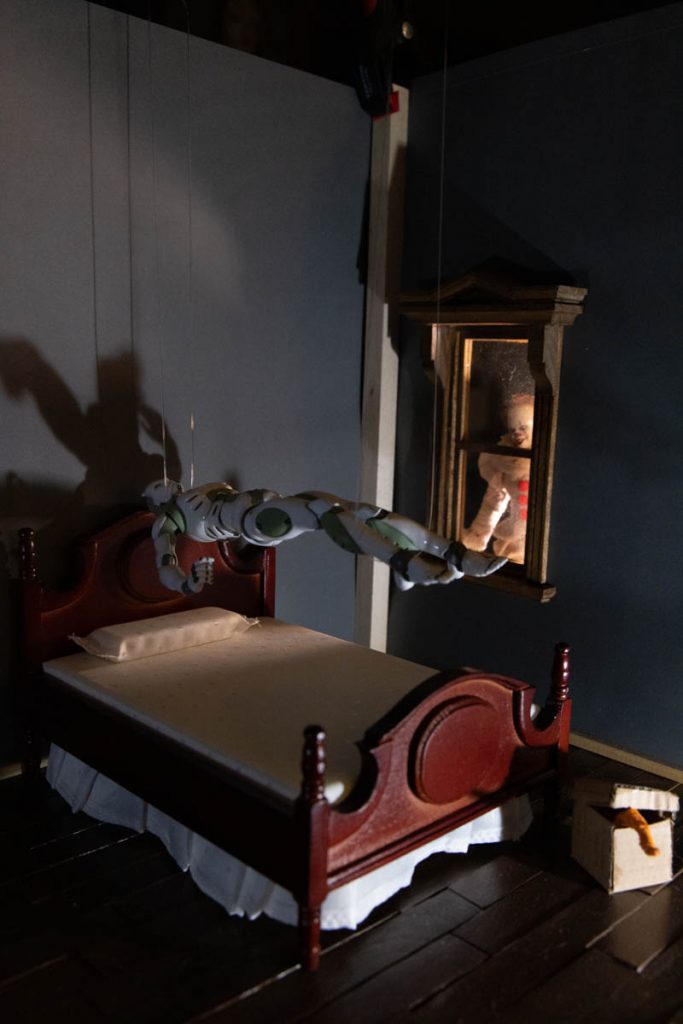
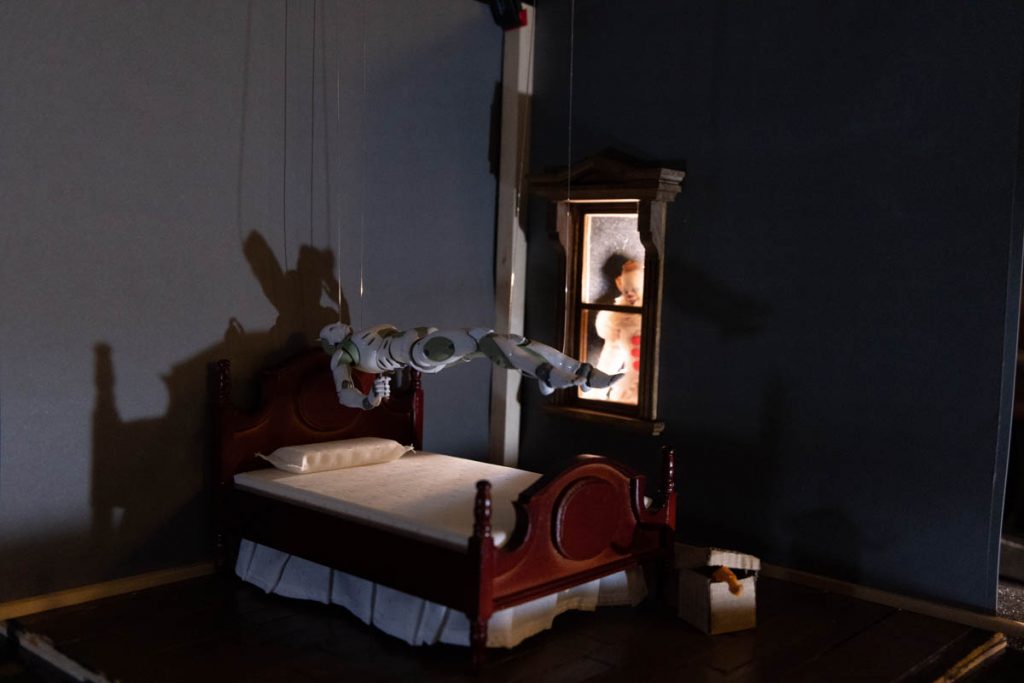
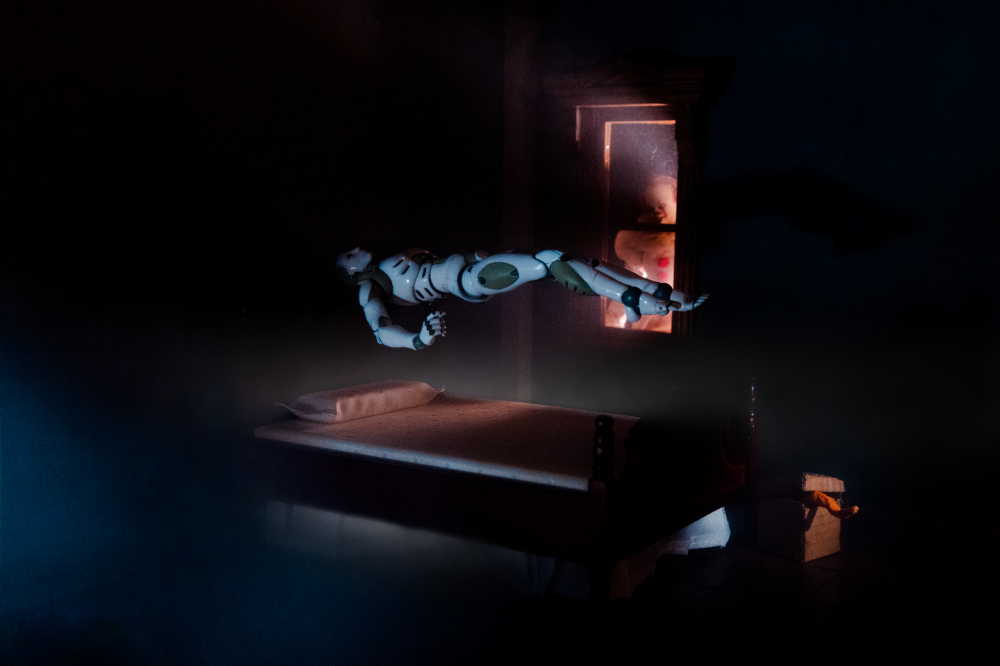
You can find Phil on MeWe or on Instagram at @phedecker


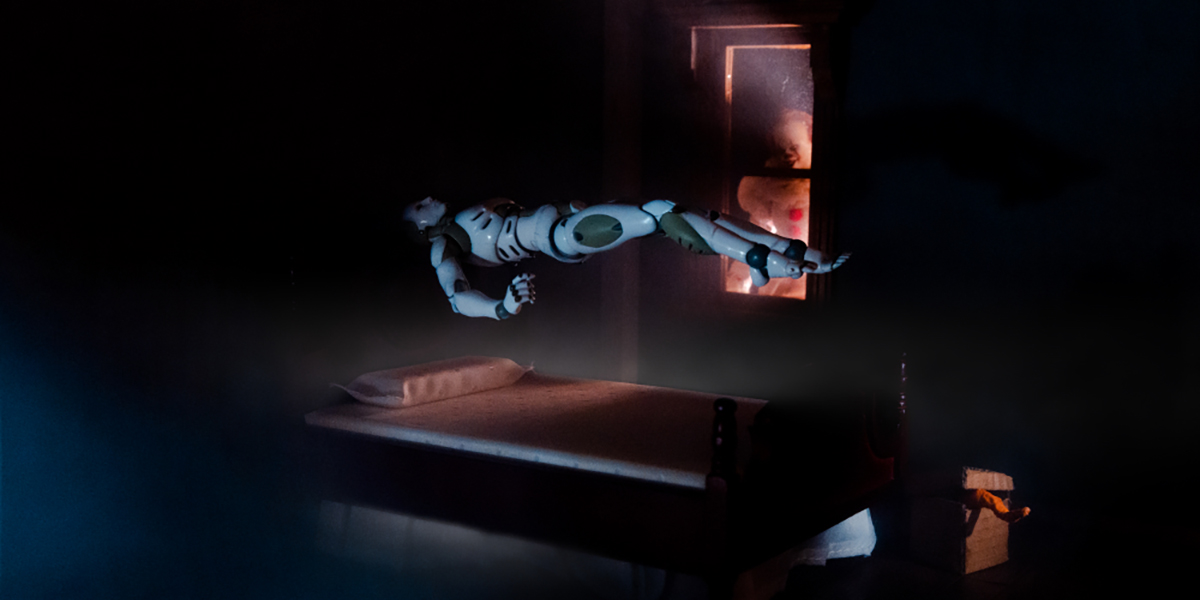
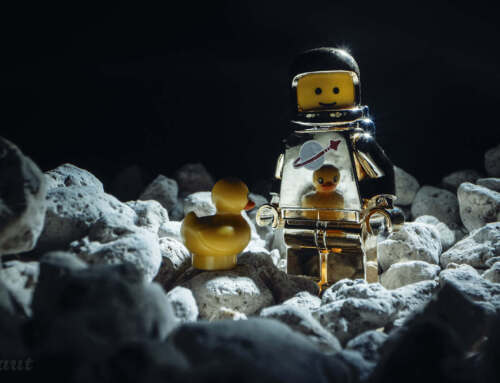
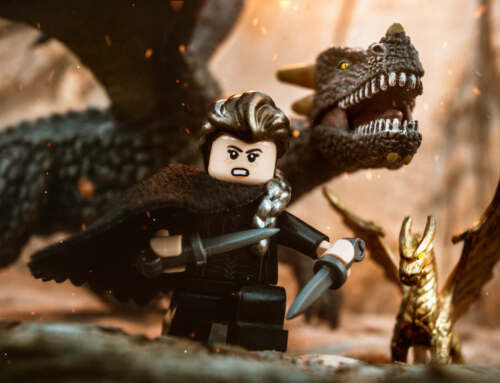
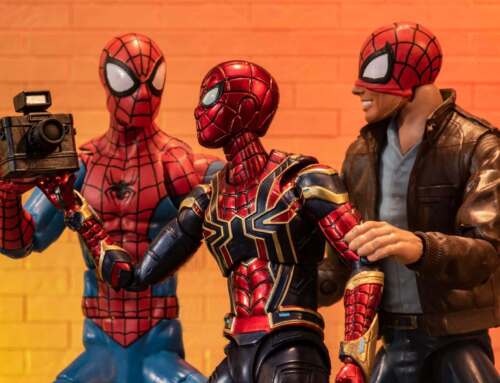
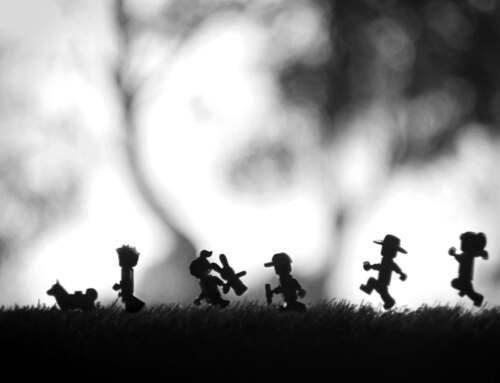
Philip I really enjoyed this article. I too am very inspired by cinema, tv, and literary imagery. I agree that its quite difficult to really come up with a truly original set up. But, little spins on things are what make them all individual. Thanks for showing a sample of your notebook. I tend not to write my ideas down, because a lot of them live in my head in a mind palace, but I love the idea of printing off and sticking the photos in your notebook. So much so that I have now started a notebook. Hopefully, I can keep up with it.